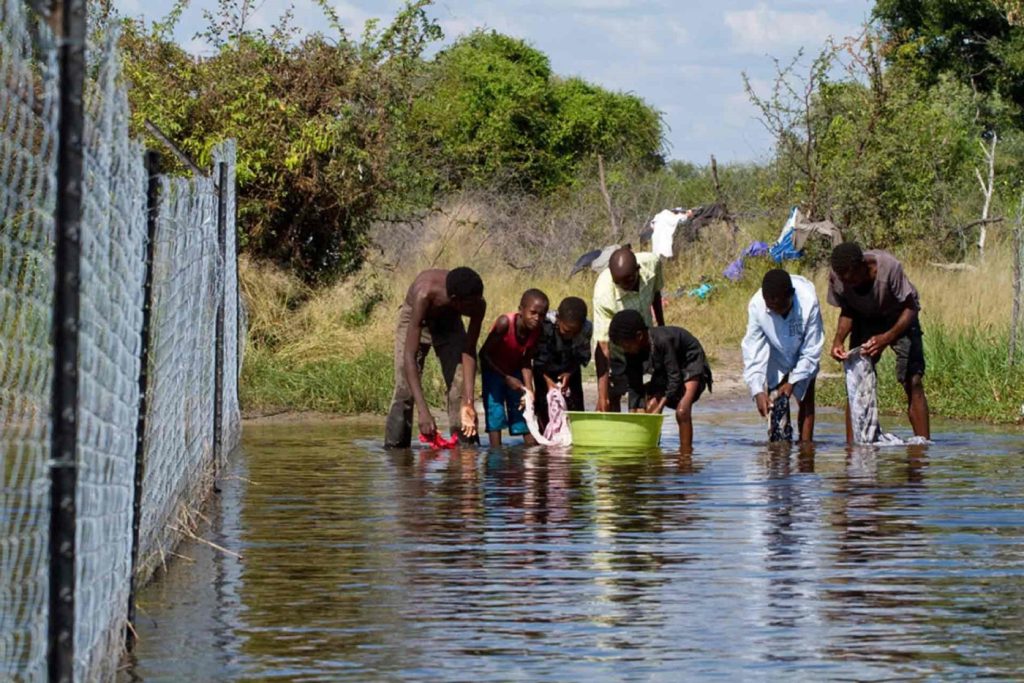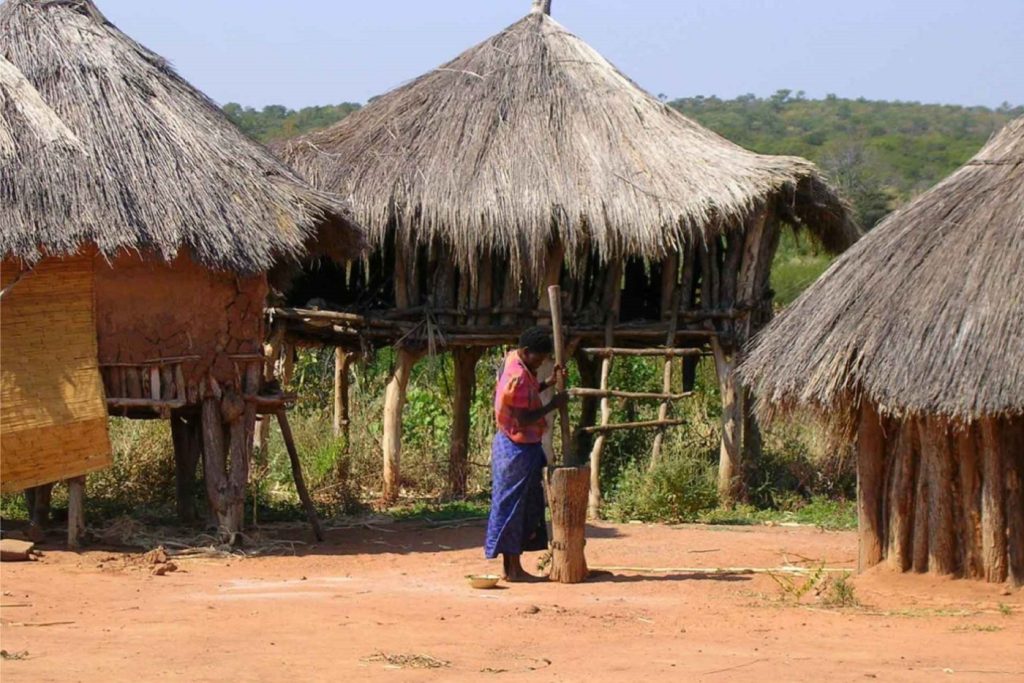
ICPs for Livestock Improvement Systems (LIPS-ZIM) Project
Since the 2000s, the amount of food and wealth produced by the Zimbabwean agricultural sector, once highly productive, has been greatly reduced. The country has become a net food importer with a large proportion of Zimbabweans relying on food aid. The structure of the agricultural system has shifted from large-scale commercial farms to small-scale farming. These farmers require support in order to strengthen food security, reduce poverty and achieve an acceptable level of agricultural production. An important step is to promote sustainable food productions of the small-scale farmers and reduce rural household vulnerability to climatic hazards (droughts), increase their resilience to external shocks. 75% of the communal land lie in Agro ecological Regions IV and V, often near national parks or private conservancies.
These regions host the poorest small-scale farmers, who need to be supported in order to participate in the national economy and adapt their strategies to the particular contexts of living at the periphery of protected areas. To achieve this objective, the agricultural sector requires strong, participatory and pro-active applied agricultural and environmental research to develop and adapt. This will be achieved through increased productivity of crops and livestock through efficient use of inputs, pest and disease control, genetic improvement; and strengthened research and extension services, among other measures.
Among the areas to be addressed are the counteracting decades of under investment in agricultural research and development, addressing existing challenges in human resource capacity and maximizing co-operation in agricultural research and development. Thus, the need to stimulate and reinforce the Agricultural and Environmental research with a “guided by end users” approach to address pressing challenges in the Zimbabwean agricultural sector.
KAZA TFCA (Kavango-Zambezi)
The TFCA is located in the Okavango and Zambezi river basins. Spanning five southern countries (Angola, Botswana, Namibia, Zambia and Zimbabwe), the Kavango-Zambezi Transfrontier Conservation Area is on the verge of becoming the world’s largest conservation orientated landscape. Dream Project is in Binga, Vic Falls, Hwange, Nyaminyami and Tsholotsho.
GLTP – Great Limpopo TFCA
It bridges the lowveld ecosystem from Mozambique, South Africa and Zimbabwe. Dream project focusing on Chiredzi and Chipinge.
Lower Zambezi-Mana Pools TFCA
The TFCA is in between Zimbabwe and Zambia encompassing the rich ecosystem of the Zambezi valley. Dream project in Chirundu, Hurungwe and Mbire.
DREAM ESTIMATED RESULTS: ONE
“All agricultural and environmental stakeholders are linked and involved in the processes of innovation and production of knowledge for small-scale farmers in region IV & V”
DREAM ESTIMATED RESULTS: TWO
“Agricultural and Environmental research institutes develop demand-driven research and produce knowledge and innovation responding to local needs”
Project Name:
Funded by:
Status:
Implementation Period:
Partners:
BHT Focus:
Status:
Improvement is expected on:
Impact on Final Beneficiaries:
The research platform-Production and conservation in partnership was formally established in 2007 and renewed in 2010 after an external evaluation conducted by an external experts panel. The RP-PCP has to contribute to sustainable development, nature conservation and improved rural livelihood in southern Africa, through strengthening national research capacities, multi- disciplinary approaches and institutional partnerships. The focus is on protected and neighboring production areas, with the ambition to improve the co-existence of agricultural productions and conservation of natural resources for the benefit of rural communities. Dream Project is a sibling of the RP-PCP with other projects such as RENCARE and SAVARAID

